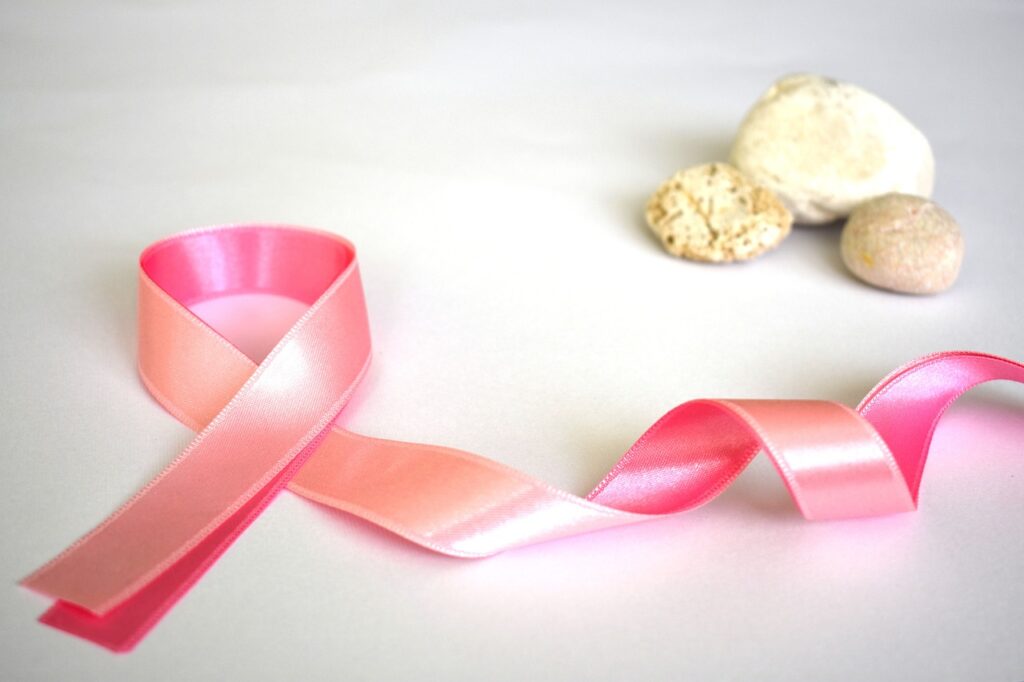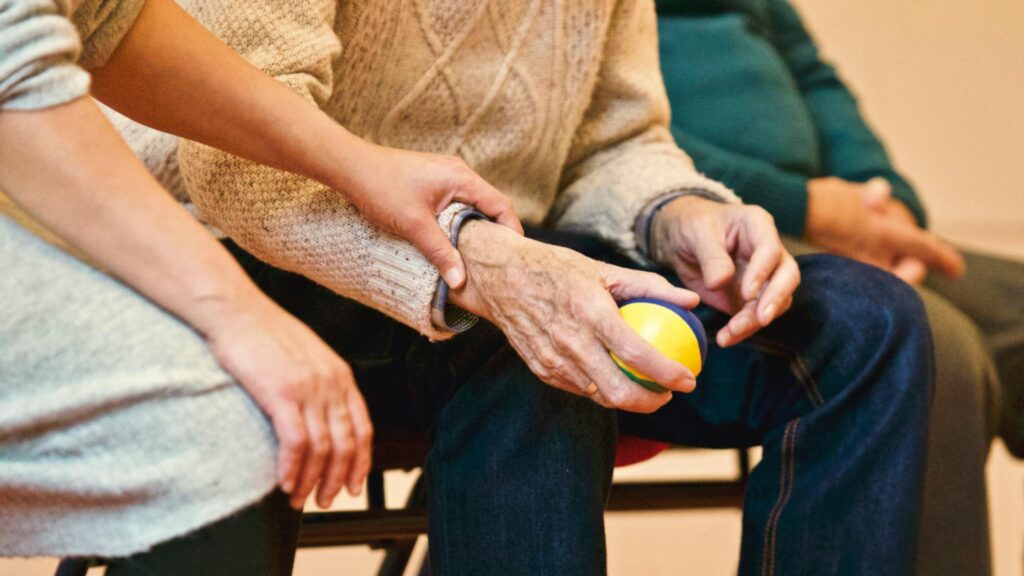
Cancer: Risk Factors, Causes, and Prevention Understanding
It is a complex, very varied group of diseases that can arise from any tissue of the body. Generally, it is caused by mutations in genes responsible for regulatory functions that eventually lead to uncontrolled growth in cells, usually forming masses of tissue called tumors. Although many tumors are benign, others are malignant and invade adjacent tissues and, often metastasize to distant parts of the body. Cancer is, therefore, one of the major causes of death worldwide.
What is Cancer?
Cancer is a disease resulting from a malfunction in the body cells. The body cells are meant to grow, divide, and die but instead they divide uncontrollably because of the changed information in their DNA. These DNA changes, or mutations, can either be inherited from the parents or acquired during a person’s lifetime. Normally, the body cells follow the regular cycle of growth, division, and death, while the cancerous cells just ignore these signals and continue to grow. With continued cell increase, they form tumors that can further grow to invade other body parts, a process called metastasis.
Causes of Cancer
Cancer is largely a result of genetic mutation. Genetic mutations can occur in two ways. The major ways through which genetic mutations can take place are inherited genetics and acquired mutation from environmental exposure.
Inherited Mutations
The mutations are then passed from generation to generation wherein the presence of such does not establish the fact that a person will ultimately acquire the disease but it definitely increases a person’s risk.
Environmental and Lifestyle Factors
While inherited mutation may result to an increased risk of acquiring cancer, environmental factors or carcinogens are believed to be the cause of most of the cases. These are as follows:
Physical Carcinogens: Radiation and excess ultraviolet are the major elements that cause the DNA of the cells to change and transform them, causing them to result in cancer. For example, overexposure to the sun can result in skin cancer.
Chemical Carcinogens: Elements that can trigger off the induction of cancer include smoke, alcohol, asbestos, and some chemicals used in industries. However, smoking is very dangerous and leads to many kinds of cancer, like lung cancer, throat cancer, and bladder cancer.
Biological Carcinogens: Certain infections by viruses, bacteria, and parasites also lead to the development of cancer. For example, cervical cancer and the human papilloma virus are strongly linked, while liver cancer is associated with hepatitis B and C.
Risk Factors for Cancer
A number of factors can increase a person’s risk for cancer. Although some are beyond our control, many are associated with lifestyle and environmental exposure.
Tobacco Use
Smoking is one of the major risk factors for cancer. It causes many types of cancer, including lung, mouth, throat, oesophagus, and bladder cancers.
Alcohol Consumption
Excessive alcohol use is another major risk factor. It may raise the risk for cancers of the mouth, throat, liver, breast, and colon. The more alcohol a person consumes, the higher their risk of developing these types of cancer.
Diet and Nutrition
Red and processed meats, sweetened beverages, salty snacks, and foods that contain refined carbohydrates add to the risk of cancer. On the other hand, healthy dietary intake abundant in fruits, vegetables, and whole grains possibly decreases the risk.
Physical Inactivity.
Sedentary behaviour has been reported as a risk factor for various forms of cancer, with breast and colon cancers being prominent among them. Constant physical activity contributes to body weight maintenance, therefore reducing inflammation and consequently improving immune status, which generally reduces the risk of cancer.
Exposure to Environmental Pollutants
Some of the risk factors that may increase the likelihood of developing cancer include exposure to air pollution, some industrial chemicals, and asbestos over a prolonged period. These substances cause DNA alteration in cells to grow cancerously.
Exposure to Radiation
Radiation exposure is another potential cause of the condition. The radiation might be from medical treatments or a result of occupation or the environment. People who are frequently exposed to X-rays could damage their DNA, leading to cancerous conditions, especially if they do not observe protecting themselves from such dangers.
Exposure to UV Light
Direct exposure to UV light, especially by being in the sun, is among the greatest risk factors for skin cancer. The radiations are very dangerous and have been proven to cause DNA cell damage in the skin cells, thus causing the formation of basal cell carcinoma, squamous cell carcinoma, and melanoma, the most fatal form of skin cancer.
Infections
Some infections, in particular by viruses, are risk factors for cancer. For example, HPV highly predisposes a person to cancer of the cervix, while chronic infections with hepatitis B or C cause liver cancer.
Role of Age in Cancer
The risk of developing cancer generally increases with age. As people grow older, so does the chance that their cells will harbor genetic mutations, some of which are likely to be cancer-causing. It has been shown that this risk of cancer increases up until about 70 or 80 years of age and then declines a bit. However, cancer can strike at any age depending on a person’s genetics and other environmental exposures.
Prevention and Early Detection
Not all cancers can be prevented or avoided, but many can be if one makes the right lifestyle changes and follows methods of early detection. One can reduce the risk of cancer by these following steps:
Avoid Tobacco: One of the most important steps in preventing cancer is avoiding tobacco in all forms, including smoking and chewing.
Limit alcohol intake: Reduction in alcohol intake can reduce the risk of cancers in the liver, breast, and digestive tracts.
Healthy diet: A diet high in fruits, vegetables, whole grains, and lean proteins can help prevent many cancers. Limit red and processed meats, too many sugary foods, and salty snacks add up to the benefits.
Be Physically Active: Apart from maintaining a healthy weight, regular physical activity reduces the risk of many forms of cancer.
Protect Yourself from UV Radiation: Limit exposure to the sun as much as possible by using sunscreen, protective clothing, and staying out of the sun to lower one’s risk of skin cancer.
Get Vaccinated: Vaccinations against hepatitis B and HPV will reduce the potential of liver and cervical cancers, respectively.
Regular Screening: Early detection through screening enables many cancers to be diagnosed at an early stage when they can be most effectively treated. Talk to your healthcare provider about which screening tests are right for you and when you should have them based on your age, gender, and family history.
Conclusion
Cancer is a complex disease caused by an interaction of genetic and environmental factors. Although some of these risk factors, such as age and inherited mutations, are beyond any control, many others can be controlled by lifestyle. Not smoking, avoiding excess alcohol consumption, eating a healthy diet, staying active, and protecting oneself against harmful environmental exposures will greatly lower the risk of developing cancer. Besides, it contains regular screening and early detection, critical for catching cancer early when it is most treatable, leading to better outcomes and saving lives.


